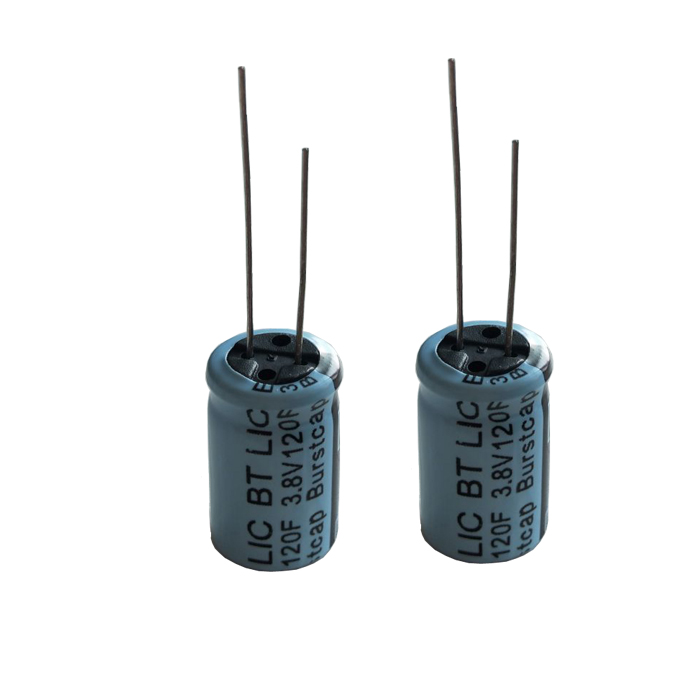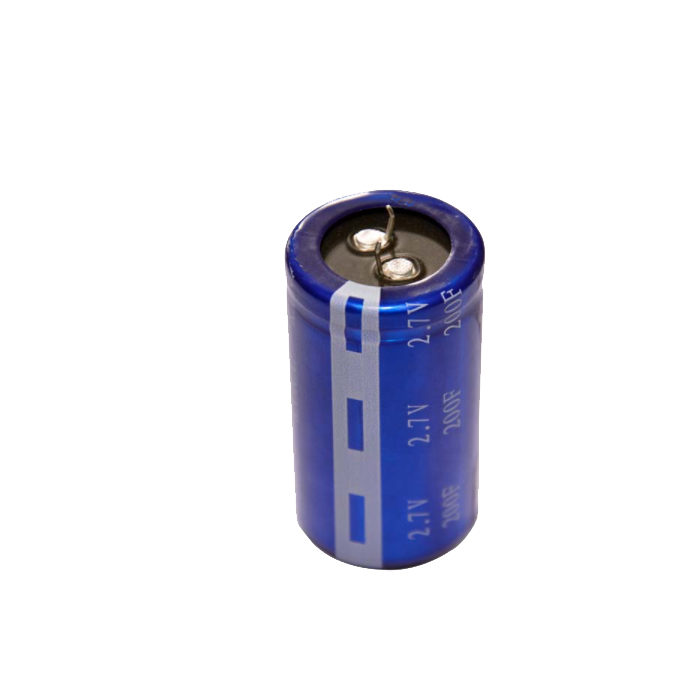Consulting phone:
135-3037-2041
(Mr.Wang)
How to distinguish the positive and negative poles of Farad capacitors ?
There are many types of Farad capacitors, including button type, lead type, horn type, bolt type and pole type.

Button type: The positive pole of the V type and the H type is on the small side (the upper cover), and the large side is the negative pole; the C type pins are "long positive and short negative".
Lead type: lead "long positive short negative".
Bullhorn type (cover type): The terminal surface with pattern is the negative electrode, and the one without the pattern is the positive electrode.
Bolt type and pole type: Generally, the shell is used as the positive electrode, and the upper cover is used as the negative electrode.
Then, the general casing products have a polarity mark on the casing, and the terminal closest to the polarity mark is the marked polarity.
How does the capacitor charging process work?
The charging process is the process in which the capacitor stores charge. Let’s learn more about it below!

When the capacitor is connected to the DC power supply, the charge on the metal plate connected to the positive pole of the power supply will run to the metal pole connected to the negative pole of the power supply under the action of the electric field force, so that the metal pole connected to the positive pole of the power supply When the charge is lost, it is positively charged, and the metal plate connected to the negative electrode of the power supply is negatively charged (the charge on the two metal plates is equal in magnitude and opposite in sign), and the capacitor begins to charge.
In the circuit, the movement of the charge forms a current. Due to the repulsion of the same-sex charges, the current gradually decreases at the beginning of the charge movement; while the charged amount of the capacitor is Z small and zero at the beginning of the charge movement, during the charge movement process, The charged amount gradually increases, and the voltage between the two metal plates gradually increases. When it increases to be equal to the power supply voltage, the charging is completed and the current decreases to zero.